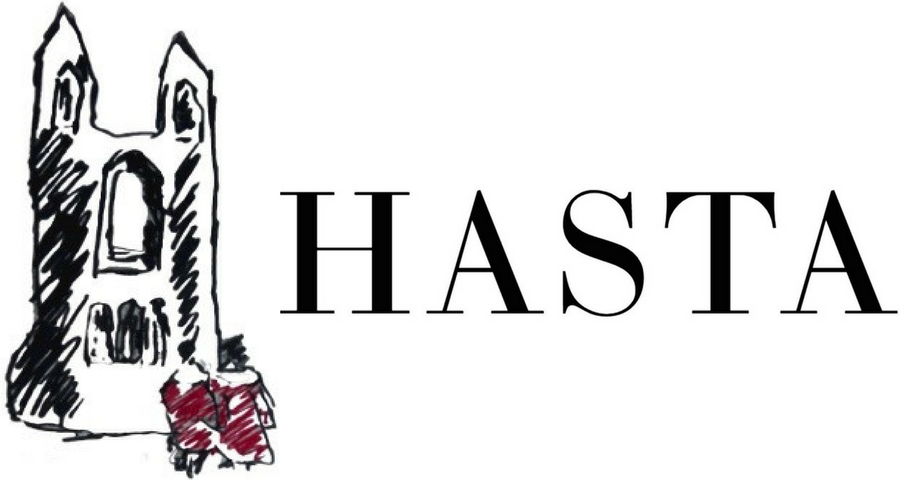Review: "Beyond Caravaggio"
Source: Helen Cameron
By Helen Cameron
As part of the Edinburgh Arts Festival, the current exhibition on at the Scottish National Gallery is Beyond Caravaggio; an exploration of how Caravaggio inspired other artists across Europe. This is the first exhibition about Caravaggio’s followers to be shown in Scotland and it had been held previously at the National Gallery in London this past winter. Its location on the lower floor of the gallery made the environment feel dark and brooding, reflecting the chiaroscuro of the artist’s work. The Edinburgh exhibition has rich colours of maroon and deep purple on the walls, but the high ceilings and light of the galleries distinguishes it from the London exhibition and highlights some of the beautiful details in the art works. Most art historians will study the Caravaggisti at some point but it really is something else to walk around a room and see Caravaggio’s influence in paintings by so many artists from such different areas.
Source: Helen Cameron
One overarching theme is gambling. Draughts Players by Mattia Preti shows a clear attempt at chiaroscuro but falls short because the skin of the figures is so yellow and ghostly that they appear jaundiced. The nails on the hands of the figures make the overall appearance of the arms waxy. The Dice Players by Nicolas Tournier however shows great detail and shadow and one piece by George de la tour cleverly plays with the light source of the candle by hiding it behind a hand. We know the candle is present because of how the light interacts with the objects on the table and illuminates the faces around, but we cannot see it itself. In another dice player scene the candlelight is well rendered on surfaces and clothes, but the faces are where you can tell it is not a Caravaggio, the facial characteristics are very basic. The exhibition also has The Concert by Hendrick trer Brughhen. The masterful interplay of light and dark can be seen clearly in the candle, grapes and one man’s turban.
While many of the works reflect the card games and drinking themes present in Caravaggio’s work, others show the influence of his religious pieces. Jusepe de Ribera’s Lamentation Over the Dead Christ is one such example. Ribera painted several iterations of this scene and this is believed to be the earliest one. The direct frankness of the scene marks it as influenced by Caravaggio. Christ Displaying His Wounds by Giovanni Antonio Galli is a disarming piece that will have you lost, staring at the wound for several minutes. The mix of varying shades of red and purple and the gloss of the paint make it seem as if he has just been cut. Thinking from a conservation standpoint makes it all the more impressive. Another religious portrait to look out for is Saint Onuphrius by Ribera. The black background of Saint Onuphrius is indebted to Caravaggio, but the sagging, old flesh and sad eyes of the man are the artist’s own. Its simple nakedness stands out amongst the scenes of groups gathered around candlelight and rich red drapery.
Giovanni Antonio Galli, Christ Displaying His Wounds, c.1630, Perth Museum and Art Gallery
https://theidlewoman.net/2016/11/27/beyond-caravaggio/christ-displaying-his-wounds-about-1610-20/
There are so many impressive works in this exhibition; some stand in their own right, but all emphasize how much of a master of light and features Caravaggio was.
Beyond Caravaggio is on until 24th September and tickets are £10 for concessions. Head down to Edinburgh while the weather is still nice and make a day of it!



